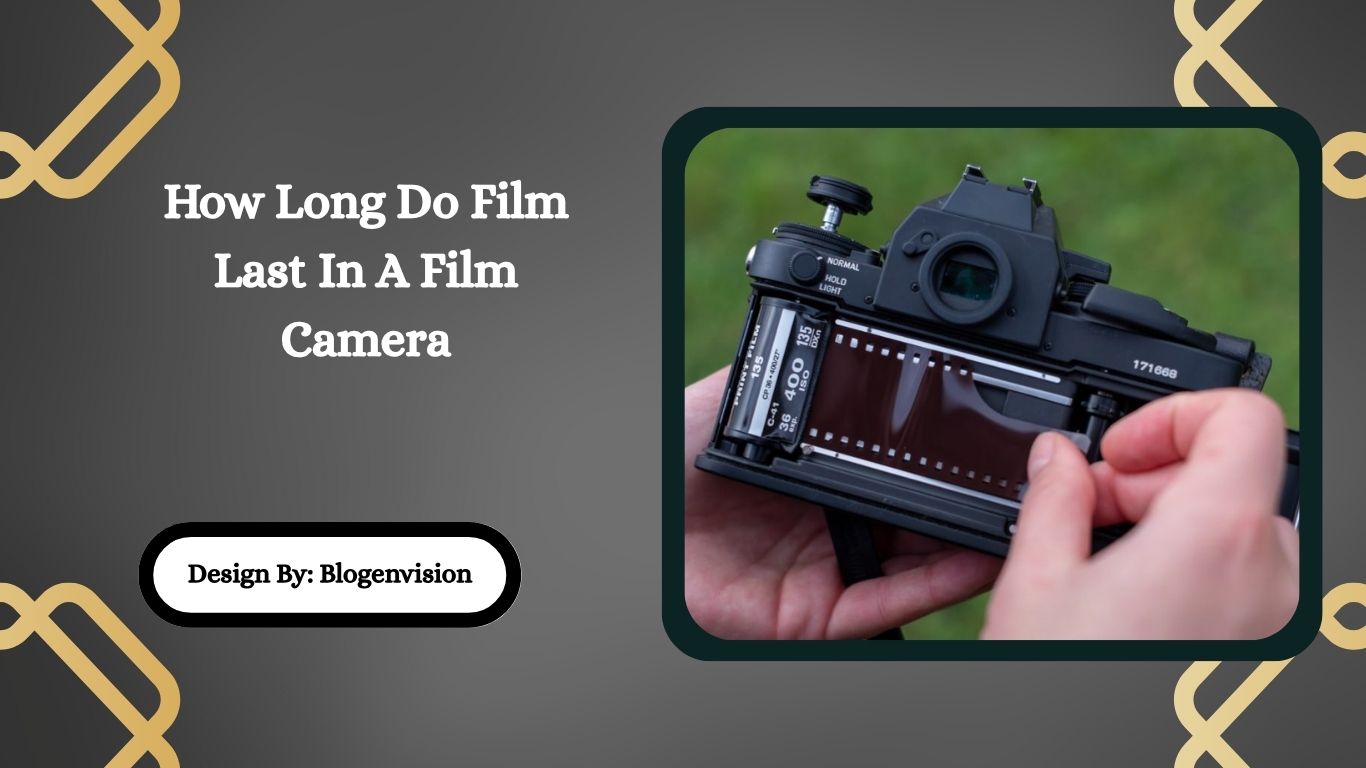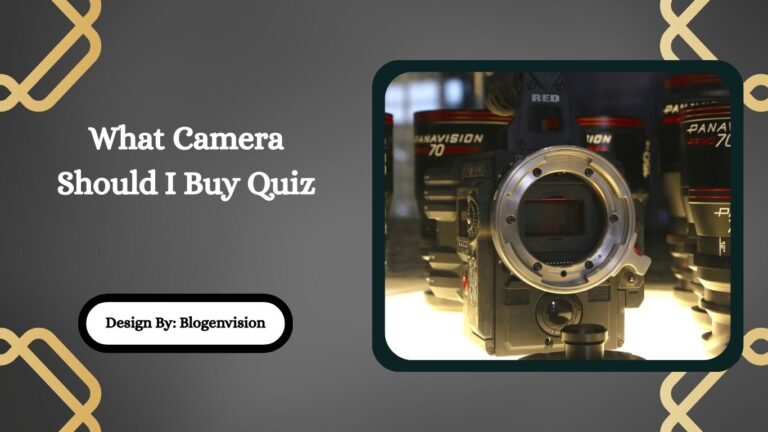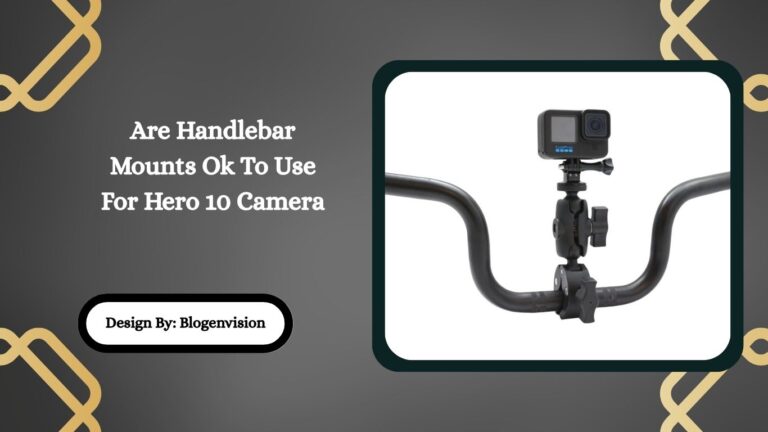How Long Do Film Last In A Film Camera – Full Guide for Beginners!
Film can last 1–6 months in a camera, depending on storage conditions. Cool, dry environments help preserve image quality. For best results, develop film within three months of shooting.
If you’re just getting started with analog photography or rediscovering your old 35mm film camera, one question naturally arises: How long does film last in a film camera? Whether you’re using fresh film, expired film, or loading a roll and forgetting about it for months, the shelf life and performance of film can vary greatly.
This guide will explain everything you need to know—from storage and environmental factors to degradation timelines—to help you protect your shots and make the most of every roll.
Understanding the Basics of Film Longevity:
Film is a light-sensitive material that reacts to light exposure, forming latent images that are later developed into photographs. But film is also fragile. Its chemical layers can break down over time, especially when exposed to heat, humidity, and radiation.
There are two key timelines to consider:
- How long unexposed film lasts inside a camera
- How long film lasts overall, including shelf life and after exposure
How Long Can Film Stay in a Camera?
The general rule is that film can remain in a camera for about 1 to 6 months without noticeable degradation, depending on how it’s stored. However, this timeline varies based on several factors:
| Storage Condition | Expected Duration in Camera |
| Cool, dry environment | Up to 6 months |
| Warm and humid conditions | 1 to 3 months |
| High heat (car, attic) | 1 month or less |
Key Factors Affecting Film Longevity in a Camera:
- Temperature: Heat accelerates chemical decay. A film camera stored in a hot car or attic may show image degradation in just weeks.
- Humidity: Moisture promotes mold and emulsion softening, which can ruin film.
- Light Leaks: Though film is protected inside the camera, old or damaged seals may let in stray light, fogging the film.
- Camera Type: Manual wind cameras are less prone to electronic failure and battery leaks, which can damage film over time.
What Happens if You Leave Film in a Camera Too Long?

Leaving film in your camera for too long doesn’t necessarily make it unusable, but it can cause several issues:
- Color shifts: Especially in color film, tones may become warmer or greener.
- Increased grain: Aging film becomes grainier, especially at higher ISO ratings.
- Loss of contrast: Blacks may become washed out, reducing image depth.
- Fogging: Chemical reactions can make the entire frame hazy.
Expired or “old” film often produces a vintage or lo-fi aesthetic, which some photographers love. But if you’re aiming for color accuracy and sharpness, develop your film promptly.
How Long Does Film Last Before Use?
1. Color Negative Film (C-41)
- Fresh film shelf life: About 2 years past the manufacturing date when stored at room temperature.
- Refrigerated: Can last 5+ years with minimal degradation.
- Frozen: 10+ years possible if sealed and defrosted correctly.
2. Black and White Film
- More stable than color film.
- Shelf life: 3–5 years at room temperature.
- Can last 10+ years refrigerated.
3. Slide Film (E-6)
- Least stable film type.
- Shelf life: 1–2 years max at room temp.
- Best stored refrigerated or frozen.
Quick Tip:
Always check for an expiration date on the film box. While expired film can be used, results vary and exposure compensation (overexposing by 1 stop per decade of expiration) may be necessary.
Can You Use Expired Film That’s Been in a Camera?
Yes, you can use expired film that’s been sitting in a camera—as long as the film hasn’t suffered from extreme heat, moisture, or chemical leaks. In fact, many photographers intentionally shoot expired film to create unexpected, artistic effects.
However, results vary based on:
- How long it’s been in the camera
- Environmental exposure
- Film type and ISO rating
ISO Sensitivity and Aging:
High-speed films (ISO 800 or above) degrade faster than slower-speed films (ISO 100–200). This is because higher ISO emulsions are more sensitive to light and heat.
How to Store a Film Camera With Film Loaded?
If you can’t finish a roll immediately, here’s how to protect your film:
- Remove batteries if you’re storing the camera long-term.
- Keep it in a cool, dry place, away from direct sunlight.
- Use silica gel packs inside your camera bag to reduce moisture.
- Finish and develop the roll within 1–3 months if possible.
- Label your camera with the loaded film type and ISO to avoid forgetting.
Signs Your Film May Be Going Bad
Here are a few red flags to watch for before or after developing:
- Sticky or warped film during loading or rewinding
- Visible fogging or odd color shifts in scans or prints
- Unusual chemical smell when unloading
- Static-like marks or scratches from degraded emulsion
If you’re unsure, develop the film as soon as possible and scan it digitally to assess the quality.
Best Practices for Film Longevity

To maximize the lifespan of your film both inside and outside the camera:
- Always store film in a refrigerator (but not a freezer unless long-term)
- Avoid hot cars, radiators, and sunny windows
- Label your film rolls and cameras with dates and film types
- Use film promptly once loaded into a camera
- Develop film within 1–3 months of exposure for best results
Real-World Photographer Insight
Many photographers have shared stories of finding half-shot rolls of film in cameras decades later, and surprisingly, some images were still salvageable. While this is a testament to film’s resilience, it’s not recommended unless you’re experimenting.
For serious or professional work, treat film like perishable food—store it properly and don’t let it sit unused for too long.
FAQs:
1. Can film go bad inside a camera?
Yes, film can degrade if left too long in a camera, especially in warm or humid environments. It may develop color shifts, fogging, or reduced contrast, especially after 3–6 months.
2. Is it safe to freeze film for long-term storage?
Yes, freezing film is safe if it’s sealed in an airtight bag. Always allow it to return to room temperature gradually before use to prevent condensation and damage.
3. Can expired film be used after sitting in a camera for years?
It’s possible, but results will vary. Images may be faded, fogged, or discolored. Black-and-white film handles aging better than color. Develop it carefully to recover what you can.
4. How can I tell what film is loaded in my camera?
If your camera lacks a film window or note slot, try checking past records or labels. Otherwise, you’ll need to rewind it in a darkroom and examine it externally.
5. Does ISO affect how fast film degrades?
Yes, higher ISO films (400, 800, etc.) degrade faster than lower ISO films (100, 200) because they are more light- and heat-sensitive. Store them more carefully and use them promptly.
Conclusion:
Film is a delicate medium that rewards proper care. While it can sit inside a camera for several months under the right conditions, exposure to heat, moisture, or time can reduce image quality. For best results, always store your camera in a cool, dry place and develop your film within three months. Whether you’re a casual shooter or a seasoned film enthusiast, understanding film longevity ensures your efforts translate into beautiful, lasting photographs.







